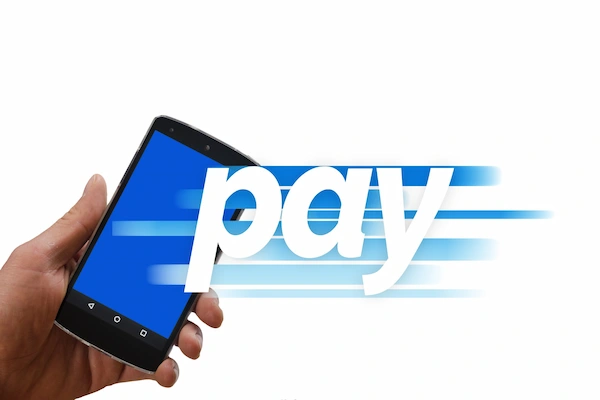In the world of finance, it can be easy to get lost in a sea of confusing and complex terms. One such term that tends to confuse is partial payment.
While most people understand what making a payment entails, the concept of partial payment may not be as clear. So, what exactly does it mean when a payment is considered partial?
Please continue reading to discover the true partial payment meaning and why it is essential to understand it in the world of finance.
Explaining Partial Payment
Now that we better understand payments, let’s delve into the concept of partial payment. Simply put, a partial payment is when a portion of an outstanding debt or obligation is paid rather than paying the full amount owed.
This can occur for various reasons. This can include financial hardship, negotiation between parties, or simply insufficient funds to pay the full amount at once.
A common example of partial payment is when a customer makes a payment on their credit card bill that is less than the total amount due. This does not mean that the remaining balance disappears. Instead, it is carried over to the next billing cycle and may accrue additional interest charges.
If you are in the process of sending a partial payment, make sure to communicate with the payee to ensure that the payment is recorded. If you are sending check payments by mail, check this article about how to mail a check to help you.
Reason Why Partial Payment Matters
Firstly, understanding the partial payment definition can help individuals and businesses better manage their debts and obligations. By making partial payments, they can avoid defaulting on their loans or bills and potentially damaging their credit score.
Additionally, partial payments can also play a role in negotiating and settling debts. Individuals or businesses can show their intent to repay their obligations by making a partial payment. This can potentially lead to more favorable terms when negotiating with creditors.
Finally, partial payments can also affect businesses in managing cash flow and revenue. If a company relies heavily on full customer payments, partial payments can disrupt its financial plans. This can cause strain on their operations.
Drawbacks of Partial Payments
While partial payments can be beneficial, it is essential to note that there are potential drawbacks as well. One major drawback is the potential for additional interest charges.
When a partial payment is made on credit card bills or other types of loans, the remaining balance may accrue interest until it is fully paid off. This means individuals end up paying more in the long run.
Another drawback is that partial payments may not reflect well on an individual’s credit report. Lenders may see it as a sign of financial struggle. They may be hesitant to lend money in the future.
Uncovering the Partial Payment Meaning
The partial payment meaning may seem simple at first glance, but it is a concept that holds significant importance in the world of finance. Whether you are making a partial payment or receiving one, understanding its implications can help you better manage your finances and obligations.
Remember, knowledge is power when it comes to understanding financial terms. Always strive to understand financial jargon like partial payments to make informed decisions for your financial well-being.
If you found this article helpful, look at our other related content.
Read Also: 5 Profitable Tips For Making Extra Money From Home







